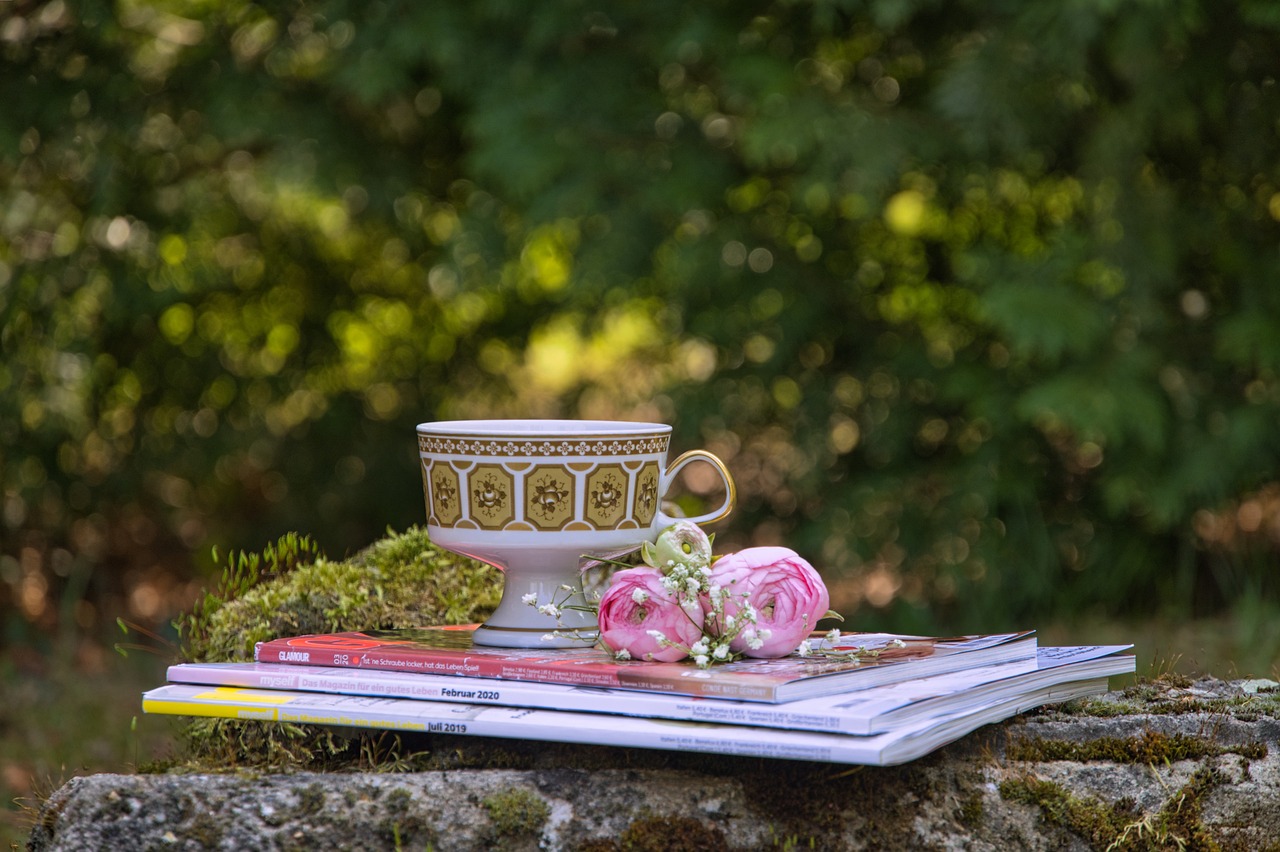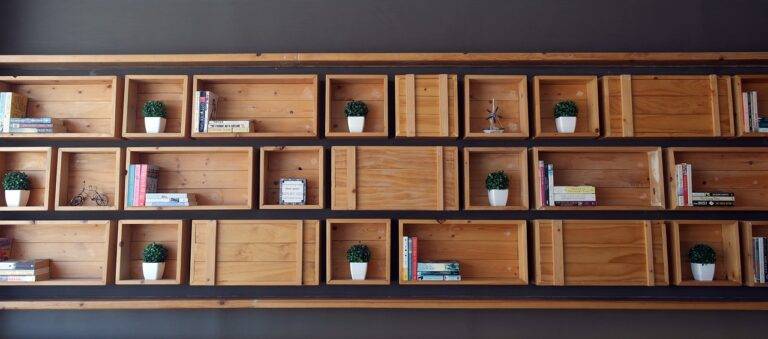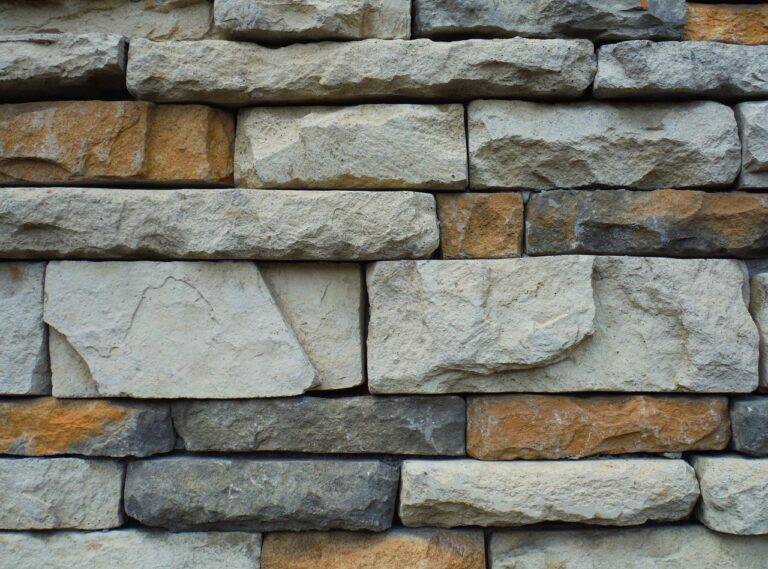Revamping Your Home’s Landscaping
When evaluating your current landscape, take a step back and observe the overall layout and design. Consider how well each element flows together and if there are any areas that seem disjointed or out of place. Pay attention to the condition of your hardscape features such as walkways, patios, and fences – are they in need of repair or replacement?
Next, assess the health and appearance of your plants and lawn. Look for any signs of disease or pest infestation, as well as any areas of the garden that may be overgrown or in need of pruning. Take note of the overall maintenance required to keep your current landscape looking its best and consider if there are any changes you would like to make to simplify upkeep in the future.
Setting Goals for Your Outdoor Space
When it comes to setting goals for your outdoor space, it’s important to first consider how you envision using the area. Are you looking to create a cozy space for relaxation and entertainment, or do you want to focus on cultivating a garden full of vibrant flowers and lush greenery? By determining your primary objectives, you can effectively plan and design your outdoor space to meet your needs and preferences.
Another key aspect to consider when setting goals for your outdoor space is the environmental conditions of your region. Factors such as climate, sunlight exposure, and soil quality can greatly impact the success of your outdoor projects. By conducting research or consulting with local gardening experts, you can choose plants and design elements that are well-suited to thrive in your specific location.
Choosing the Right Plants for Your Region
When selecting plants for your outdoor space, it is crucial to consider the climate and soil conditions of your region. Different plants thrive in different environments, so it is essential to choose varieties that are well-suited to your specific area. Research native plants that are naturally adapted to your region’s climate and will require less maintenance and resources to flourish.
Consult local gardening resources or speak with a knowledgeable professional to determine which plants will thrive best in your region. Understanding the temperature fluctuations, rainfall patterns, and soil composition of your area will help you make informed decisions when selecting plants for your outdoor space. By choosing the right plants for your region, you can create a sustainable and visually appealing landscape that will thrive for years to come.





